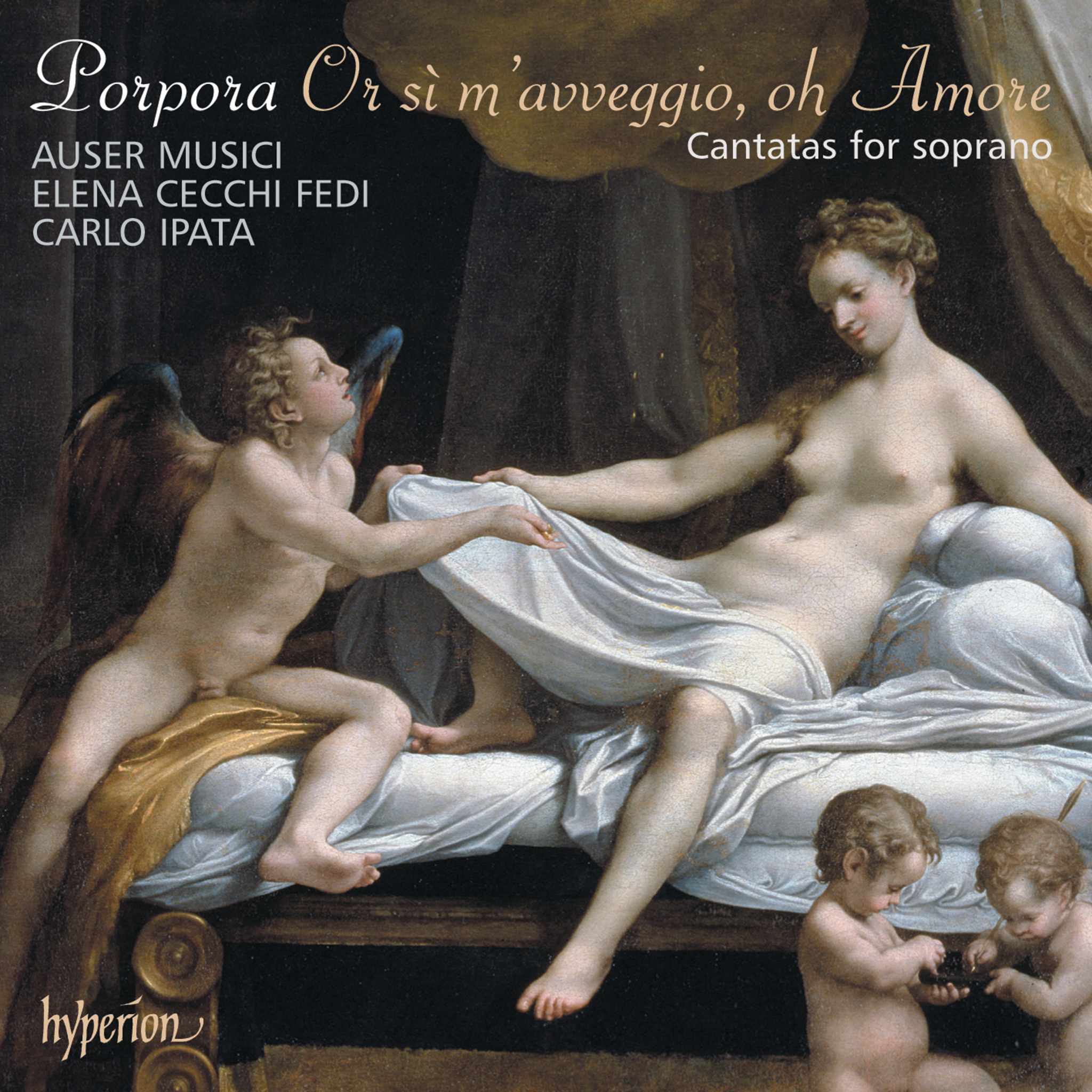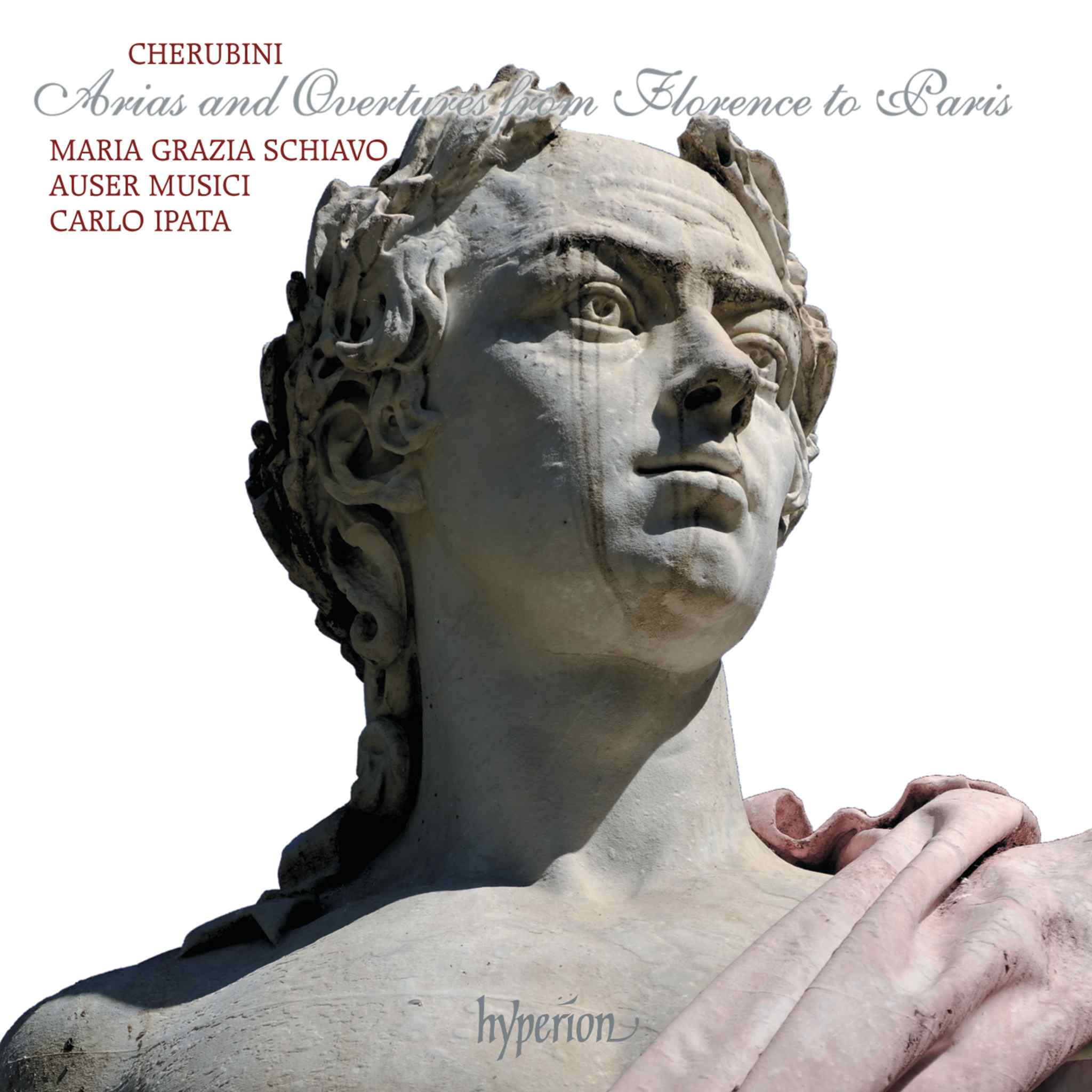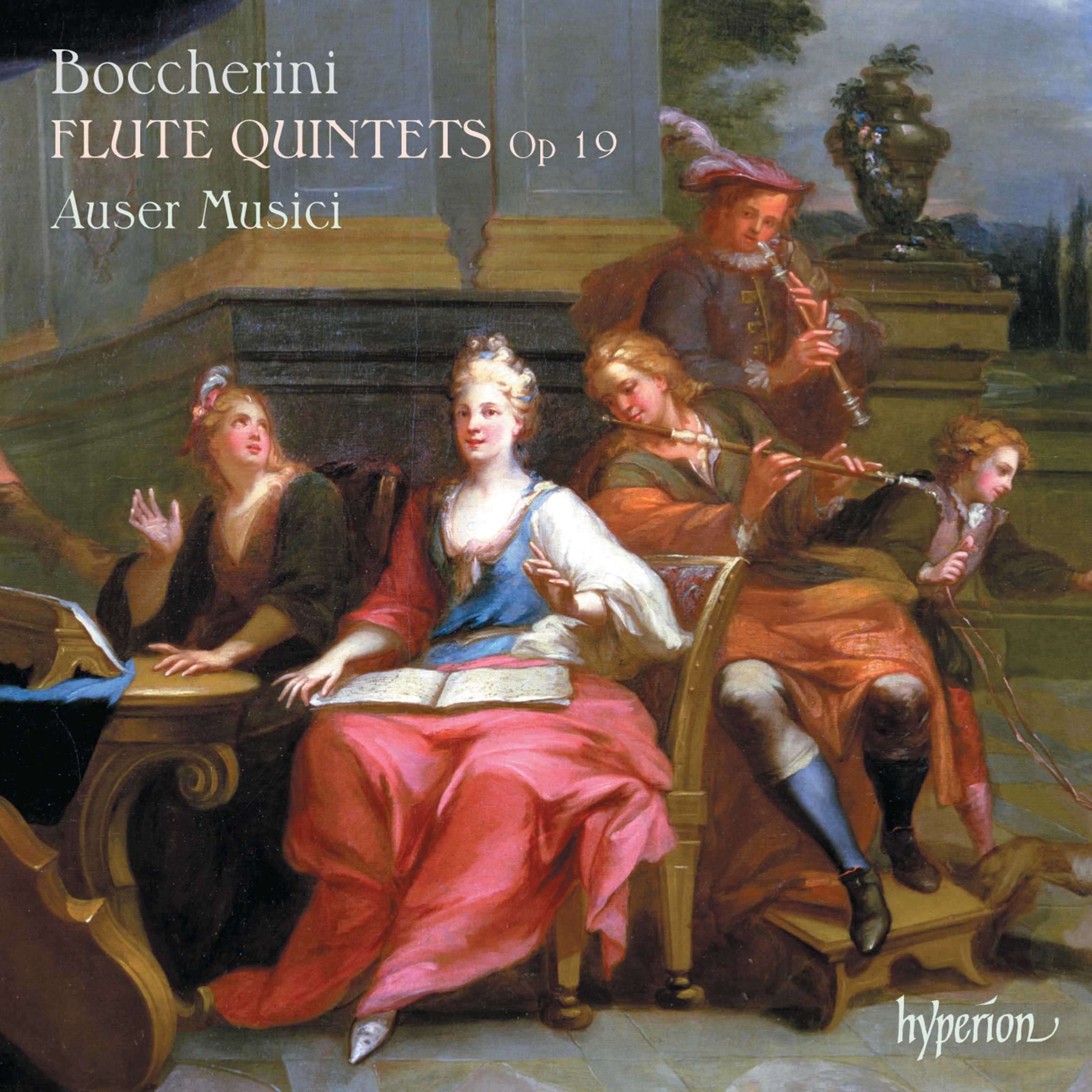Album insights
This collection comprises piano rarities and new discoveries, many originating from works Liszt composed for various strengths. Merely labeling these pieces as "transcriptions" would not fully acknowledge their genesis or value, as Liszt often wrote for different strengths simultaneously, occasionally hinting at deviations on the same manuscript. These compositions demonstrate a wide spectrum of his adaptation techniques, portraying a more factual and somber side of Liszt's character, resonating well with both sacred and secular moods.
Liszt deeply connected with the tales of his two patron saints, St. Francis of Assisi and St. Francis of Paola. The legends of these saints, highly cherished by Liszt, in both piano and orchestral forms, stand among his most beloved works. The Fioretti ("Little Flowers") of St. Francis of Assisi, a perennial source of inspiration for Liszt, birthed Das Canticum von der Sonne, from which he derived the text for the choral version of Cantico del Sol. Despite playing it, the contemporary version for solo piano remained unpublished until its inclusion in the New Liszt Edition in 1983. It's noteworthy that Liszt's Cantico draws partially from the popular carol "In dulci jubilo," presenting a joyous hymn among his later works.
San Francesco, though seemingly straightforward, poses a puzzle that remains unsolved. Composed for the organ with an alternative version for piano and intended to complement the organ and piano versions of Cantico del Sol, the whereabouts of the organ version remain elusive. Despite echoing themes from Cantico, San Francesco veers towards a more solemn arrangement.
During his Weimar period, Liszt composed twelve symphonic poems that profoundly influenced late 19th and early 20th-century orchestral music. While his orchestral output lessened post-Weimar due to the lack of an orchestra at his disposal, he concurrently worked on a thirteenth and fourteenth symphonic poem inspired by Mihály Zichy's drawing "Von der Wiege bis zum Grabe," symbolizing birth, the struggle for life, and death. Liszt's unconventional process involved crafting initial piano sketches, later embellishing them for duet or orchestra, and then reverting these enhancements back to the solo piano version. This intricate method underscores Liszt's innovative approach to composition.
Interpreting Liszt's instructions for organ, harmonium, or piano in some keyboard works remains a conundrum. Liszt's use of hybrid instruments that combined elements of piano and harmonium adds another layer of complexity to these compositions. The inclusion of various instrumental lines alongside the solo piano part in specific works accentuates Liszt's experimental and sometimes challenging approach to keyboard music.
Liszt's diverse piano versions of his genuine organ compositions, as well as his mentions of piano alternatives in harmonium works, further enrich the exploration of his repertoire. Noteworthy additions like O sacrum convivium, Two Church Hymns, Prayer, and the poignant Resignazione, which underwent a transformative editorial journey, present a captivating array of Liszt's keyboard creations that merit attention.
Concluding with a selection of piano pieces based on Liszt's own songs from the secular realm, these adaptations offer a fresh perspective beyond Liszt's well-known collections like Liebesträume or Bücher der Lieder. Works like Il m'aimait tant and Ô pourquoi donc delve into themes of lost love and feminine sorrow, demonstrating Liszt's compositional versatility through captivating tonal shifts and emotive expressions.
With the Zelle in Nonnenwerth serving as an enduring muse for Liszt, countless variations of compositions tied to this locale reflect a nostalgic yearning for happier times. The poignant ode to this setting, entwined with nostalgic reflections, exemplifies Liszt's ability to encapsulate profound emotions in his music, hinting at cherished memories from a bygone era.






